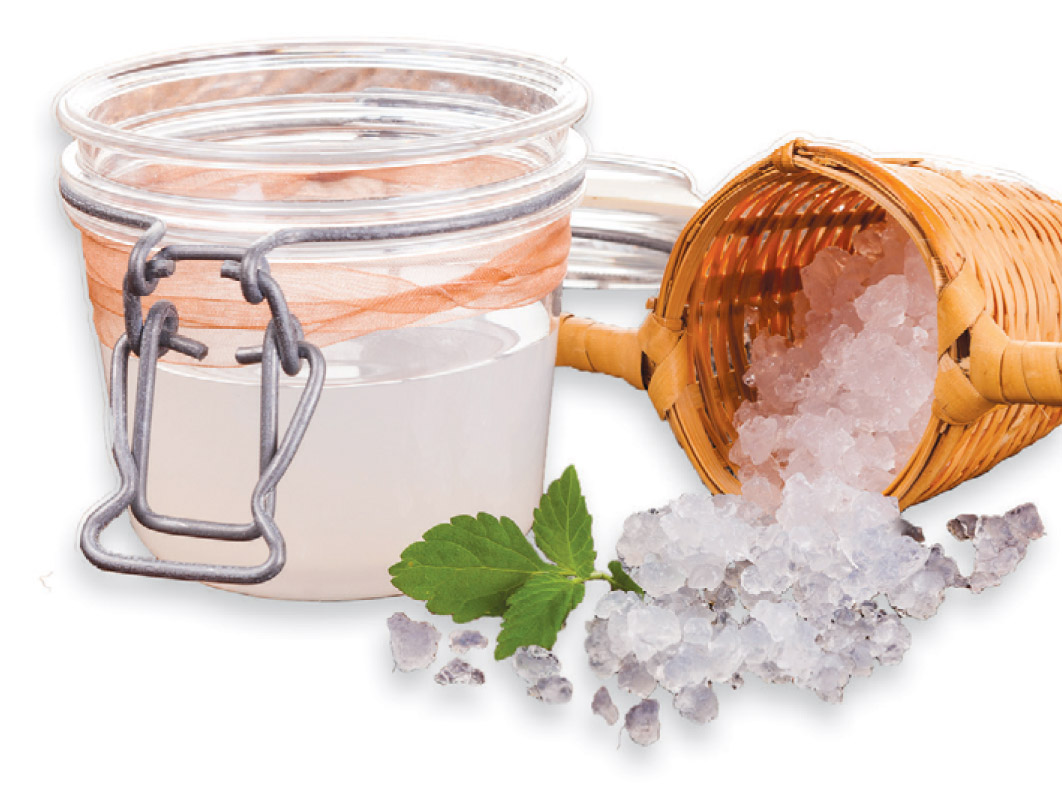Kefir Madness
Learn to Make This Ancient Healthy Beverage
Like other fermented foods and beverages, kefirs are a delicious source of probiotics and beneficial bacteria and yeasts that can be easily created at home. Though milk and water kefir share the name and can each carry over 25 different microorganisms, including Lactobacillus kefiri, they are two distinct cultures and vary in the size and shape of the “grains” used to brew them.
What are called grains are actually symbiotic cultures of bacteria and yeast (SCOBYs for short) held in a polysaccharide matrix created by the bacteria. In water kefir, the grains are small, translucent, gelatinous crystals; in milk kefir, they are thicker, white or creamy yellow in color and clump together.
The beneficial bacteria and yeast in the kefirs, which are a source of probiotics and nutrients for us, multiply during fermentation to produce lactic acid, ethanol (an alcohol in very small amounts) and carbon dioxide. Sounds scientific and, well, it is—but also completely natural. In fact, kefirs, pronounced by Americans as KEE-fur, KEFF-er or kuh-FEER, have been used and treasured by cultures around the world for generations, if not thousands of years.
Stories are all that we have to trace the origin of these symbiotic cultures, but many claim the first water kefir culture was collected from hard granules that formed on the paddles of prickly pear cactus in Mexico (known there as tibi, or traditionally, tibicos). Milk kefir, estimated at over 2,000 years old, is said to have been a gift from Mohammed to the nomads of the Caucasus mountains of Central Asia.
MAKING WATER KEFIR
Brewed with water and basic ingredients, water kefir is a bubbly and mild beverage that anyone can create and enjoy. The light, citrusy, unassuming beverage can be enjoyed as is or customized with nearly any fruit, tea, herb or spice. This kefir is probiotic, low in sugar and costs much less than store-bought beverages, but it is also a great first ferment to try before taking on more adventurous home-fermentation projects.
The process is simple and you can brew a liter or two of water kefir per day. The sugar feeds the bacteria and yeast (resulting in finished kefir’s very low sugar content) and the fruit helps with flavor and pH.
A second fermentation for 24 hours in swing-top bottles (use high-quality bottles) after the grains are strained creates a very satisfying carbonation, and an opportunity to make seasonal sodas with herbal infusions from the garden (rose petals, lavender or sage) and fresh fruit or use medicinal herbs and teas to upgrade your water kefir into elixirs and tonics.
Kids love sparkling lemonade (add fresh lemon juice and sugar) and grape soda (add 100% grape juice). For the holidays, one jug of spiced cider from the grocery store will flavor many more bottles of spiced cider water kefir at home.
Water kefir grains are available online, either shipped in sugar water or dehydrated. Two reliable sources, KombuchaKamp.com and CulturesForHealth.com, provide detailed instructions for making water kefir and caring for the grains.





